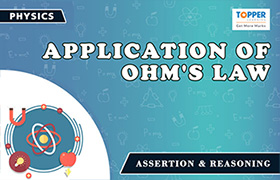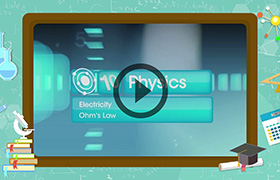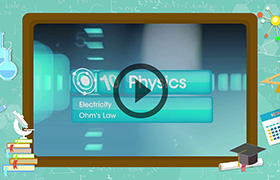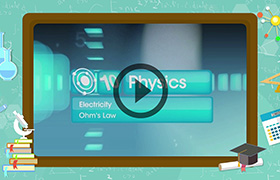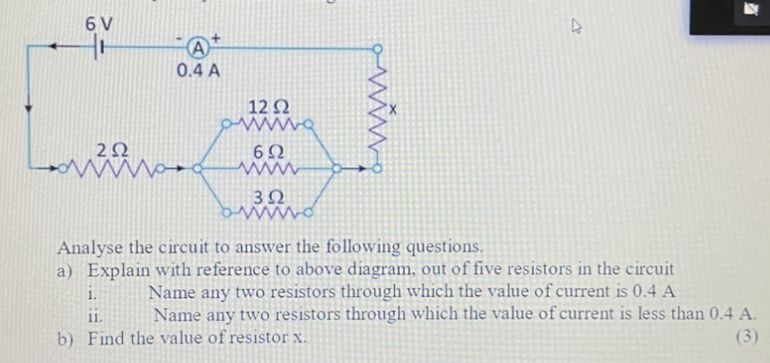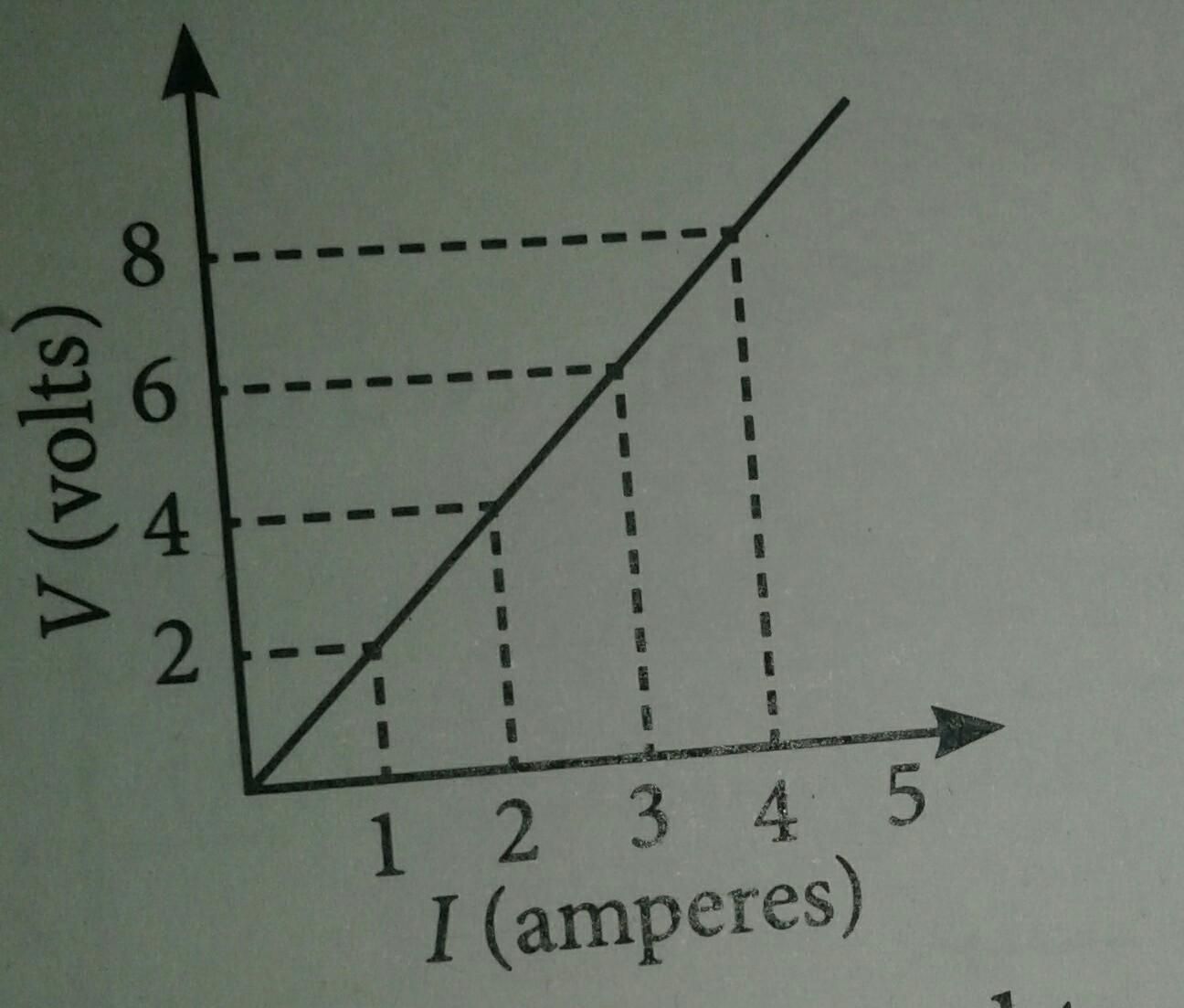CBSE Class 10 Answered
What is Ohm's Law
Asked by rudreshshukla672 | 18 Oct, 2020, 22:56: PM
Ohm's Law states that the current through two points on a conductor is directly proportional to the potential difference across the two points and inversely proportional to the resistance between them.
A device is considered to follow Ohm's Law if the current and the potential difference are directly proportional.
Ohm's Law is the basic formula used to calculate the resistance of an element that is connected into a circuit:
Resistance (measured in ohms) = voltage (measured in volts) divided by current (measured in amps)
Ohm's Law can also be used to find voltage and current when it is expressed as:
Volts = amps x resistance
and
Amps = volts / resistance.
Resistance (measured in ohms) = voltage (measured in volts) divided by current (measured in amps)
Ohm's Law can also be used to find voltage and current when it is expressed as:
Volts = amps x resistance
and
Amps = volts / resistance.
Answered by | 19 Oct, 2020, 00:11: AM
Application Videos
Concept Videos
CBSE 10 - Physics
Asked by khajannirwan | 27 Feb, 2024, 22:20: PM
CBSE 10 - Physics
Asked by prassanna.j | 03 Sep, 2023, 12:13: PM
CBSE 10 - Physics
Asked by sr558079 | 27 May, 2022, 13:40: PM
CBSE 10 - Physics
Asked by alka08156 | 17 Jul, 2021, 19:27: PM
CBSE 10 - Physics
Asked by rameshsanjaay3 | 08 Jun, 2021, 16:07: PM
CBSE 10 - Physics
Asked by praveengupta2919.9 | 31 May, 2021, 14:53: PM
CBSE 10 - Physics
Asked by harjot.arshleen | 21 May, 2021, 18:48: PM
CBSE 10 - Physics
Asked by bobyison | 02 May, 2021, 18:35: PM
CBSE 10 - Physics
Asked by kritikabrahma23 | 13 Apr, 2021, 19:22: PM



